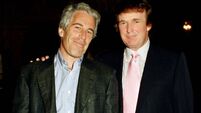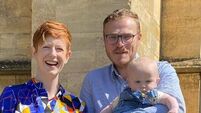Janet Yellen is readied by years of riding shotgun

Yellen, a former professor who is currently the Fed’s vice chair, has a reputation as one of the central bank’s most employment-focused officials and has also been at the forefront of a communications “revolution” at the once-secretive Fed.
She has been a close ally of chairman Ben Bernanke as he took the central bank further and further into unfamiliar terrain to boost the US economy, backing three rounds of bond-buying that have swelled the Fed’s balance sheet to about $3.7tn (€2.7tn).
















